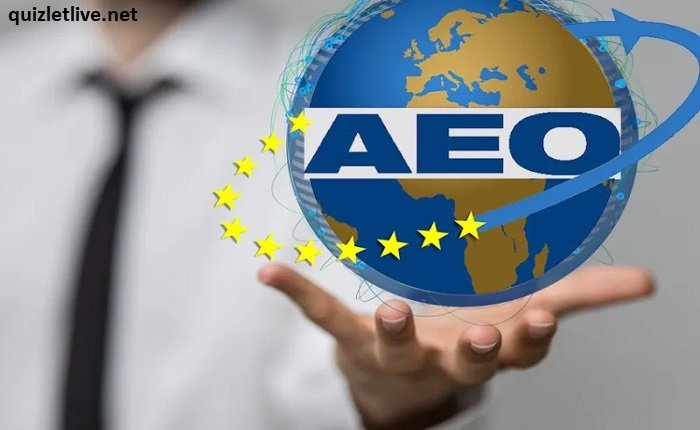Answer Engine Optimization (AEO): The Future of Search

AEO ensures your content is not only found but also selected by search engines as the most relevant answer. Businesses that embrace this approach stay ahead by meeting evolving user expectations. This blog will explore AEO in depth, breaking down strategies, benefits, and best practices.
What is Answer Engine Optimization?
Answer Engine Optimization revolves around creating content that directly addresses user questions. Unlike conventional SEO, AEO prioritizes immediate, concise responses tailored for search engines’ answer-focused algorithms. For example, when users ask, “What is AEO?” the goal is for your content to provide the clearest and most relevant answer.
AEO involves structured data, schema markup, and optimized FAQs to enhance content discoverability. Search engines favor AEO-compliant content for featured snippets, knowledge panels, and voice assistants. By leveraging AEO, businesses can increase brand visibility and drive organic traffic.
Why is AEO Important in Today’s Digital Landscape?
The importance of Answer Engine Optimization has surged with the rise of voice search and mobile-first indexing. Smart assistants like Alexa, Siri, and Google Assistant rely on AEO-friendly content to deliver direct answers. Users increasingly demand quick, accurate responses, making AEO a critical strategy for digital marketers.
Search engines are evolving into answer engines, prioritizing user intent over keyword-stuffed content. AEO helps brands adapt by ensuring their content aligns with this shift, improving their chances of ranking in zero-click searches.
How AEO Differs from Traditional SEO
While both Answer Engine Optimization and SEO aim to enhance search visibility, their methods and objectives differ. SEO targets keyword rankings, backlinks, and domain authority, while AEO focuses on addressing specific user queries.
AEO uses structured data and concise, context-rich content to appeal to search engines. It prioritizes user intent and ensures that the answer is actionable, meeting the needs of today’s search behaviors. Understanding this distinction helps businesses integrate AEO and SEO effectively.
Key Elements of Answer Engine Optimization
Answer Engine Optimization relies on several elements to enhance content performance. The cornerstone of AEO is structured data, which provides search engines with a clear understanding of your content.
Incorporating schema markup, crafting succinct answers, and leveraging FAQs are essential to AEO success. These elements improve your chances of being featured in snippets or voice search results. High-quality, user-centric content paired with technical optimization ensures your AEO strategy delivers results.
The Role of Schema Markup in AEO
Schema markup is a vital component of Answer Engine Optimization. This code helps search engines interpret your content more effectively, increasing the likelihood of being chosen as a featured answer.
For AEO, schema markup organizes data into categories like FAQs, reviews, and how-to guides. Using tools like Google’s Structured Data Markup Helper simplifies this process. Optimizing schema markup ensures your content stands out and aligns with search engines’ answer-focused algorithms.
How to Create Content for AEO Success
Creating content for Answer Engine Optimization requires a user-first approach. Start by understanding user intent and crafting content that directly addresses their queries. Use question-based headers, concise paragraphs, and bullet points for readability.
Incorporate keywords naturally, ensuring they align with the topic. Focus on clarity and accuracy, as AEO prioritizes content that provides immediate value. Regularly updating your content keeps it relevant, improving your chances of being featured in answer-rich results.
Measuring the Effectiveness of AEO
Evaluating the success of Answer Engine Optimization involves tracking metrics beyond traditional SEO KPIs. Look for increased featured snippet appearances, voice search queries, and zero-click search impressions.
Tools like Google Search Console and SEMrush provide insights into how your content performs in answer-focused searches. Understanding these metrics helps refine your AEO strategy, ensuring it aligns with evolving search trends and user behavior.
Future Trends in AEO
The future of Answer Engine Optimization is shaped by advancements in AI and natural language processing. Voice search will dominate, making concise and conversational content even more critical.
Visual and video content will also gain prominence in AEO strategies, as search engines increasingly incorporate multimedia answers. Staying updated on these trends ensures your business remains competitive in the evolving digital landscape.
Conclusion
Answer Engine Optimization is revolutionizing how businesses approach search visibility. By focusing on user intent, structured data, and actionable content, AEO positions brands as trusted sources in their industries. As search engines evolve into answer engines, adopting AEO is essential for staying ahead in the competitive digital market. Implementing AEO strategies ensures your content not only ranks but also resonates with your audience.
FAQs
1. What is Answer Engine Optimization (AEO)? Answer Engine Optimization (AEO) is the practice of optimizing content to directly address user queries in search engines, enhancing visibility in features like snippets and voice search.
2. How does AEO differ from SEO? While SEO focuses on ranking for keywords, AEO prioritizes providing direct answers, making it essential for zero-click and voice searches.
3. Why is AEO important for businesses? AEO improves visibility, drives organic traffic, and aligns with user preferences for concise, actionable information, especially on mobile and voice platforms.
4. How do I optimize my content for AEO? Use structured data, incorporate question-based headers, and create concise, accurate, and user-focused content to increase your chances of being featured.
5. What tools can help with AEO? Tools like Google Search Console, SEMrush, and schema markup generators assist in optimizing and tracking the performance of AEO strategies.




